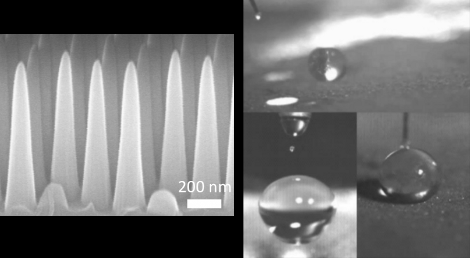Who doesn’t know the problem of glare when trying to ogle a PCB underneath a microscope of some description? Even with a ring light, you find yourself struggling to make out fine detail such as laser-etched markings in ICs, since the scattered light turns everything into a hazy mess. That’s where a simple sheet of linear polarizer film can do wonders, as demonstrated by [northwestrepair] in a recent video.
Simply get one of these ubiquitous films from your favorite purveyor of goods, or from a junked LCD screen or similar, and grab a pair of scissors or cutting implements. The basic idea is to put this linear polarizer film on both the light source as well as on your microscope’s lens(es), so that manipulating the orientation of either to align the polarization will make the glare vanish.
This is somewhat similar to the use of polarizing sunshades, only here you also produce specifically the polarized light that will be let through, giving you excellent control over what you see. As demonstrated in the video, simply rotating the ring light with the polarizer attached gives wildly different results, ranging from glare-central to a darkened-but-clear picture view of an IC’s markings.
How to adapt this method to your particular microscope is left as your daily arts and crafts exercise. You may also want to tweak your lighting setup to alter the angle and intensity, as there’s rarely a single silver bullet for the ideal setup.
Just the thing for that shiny new microscope under the Christmas tree. Don’t have a ring light? Build one.
Continue reading “Give Your Microscope Polarized $5 Shades To Fight Glare”












